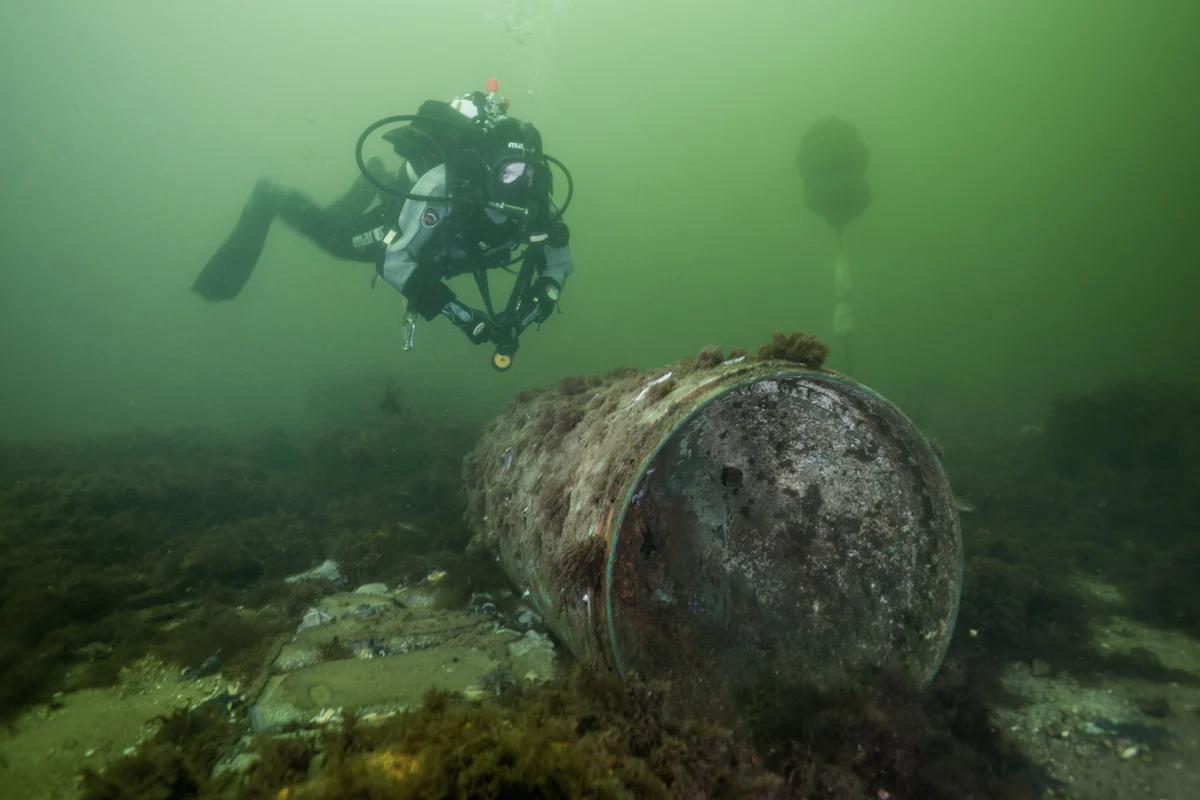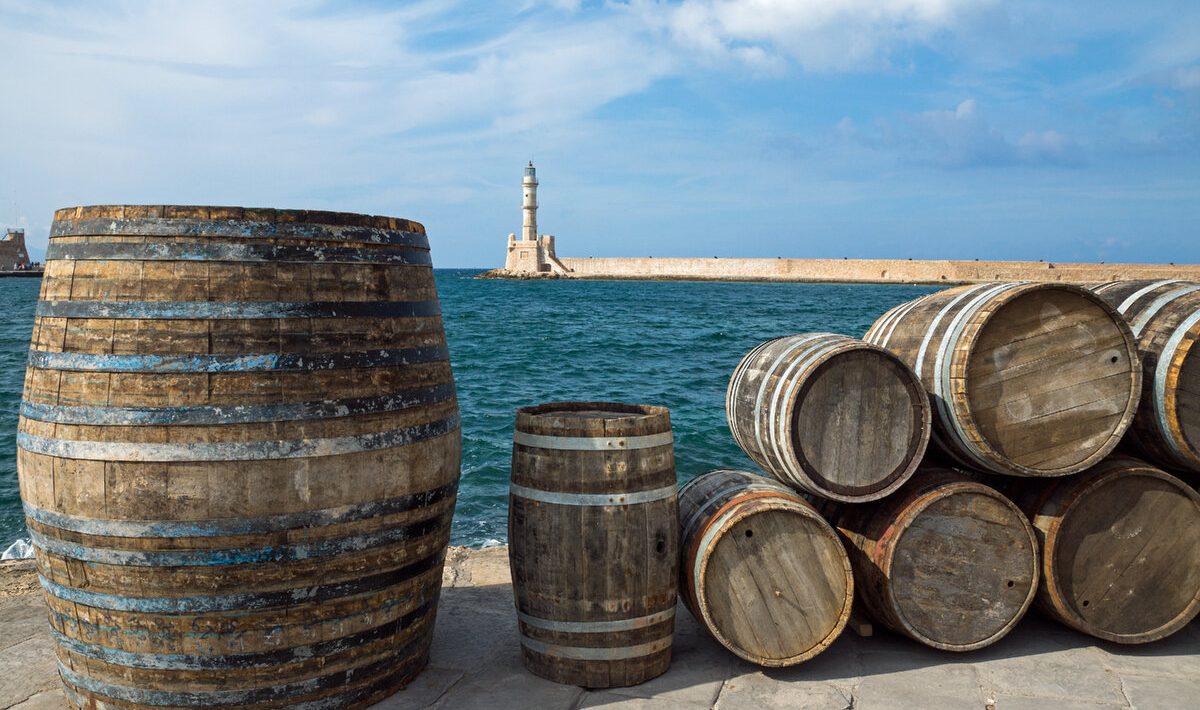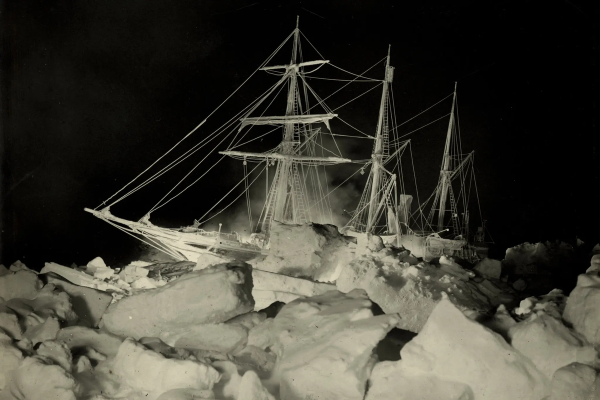Between the 1930s and 1970s, thousands of tonnes of chemicals were dumped off the coast of Los Angeles. For decades, these mysterious barrels posed a serious environmental problem. It was originally believed that they mainly contained DDT, a well-known carcinogenic pesticide. But recent research reveals that the true contents of these barrels could be even more surprising and disturbing.
The discovery of a chemical mystery
For a long time, scientists observed whitish halos around some underwater barrels, but did not understand their origin. Researchers initially thought that these halos were related to DDT, known for its toxicity and persistence in the environment. However, when a team aboard the Schmidt Ocean Institute’s research vessel Falkor began taking samples using the remote-controlled vehicle SuBastian, the results surprised everyone.
Sediment samples taken around the barrels showed that DDT levels did not increase in the vicinity of the barrels, ruling out this substance as the main cause of the contamination. Another hypothesis quickly emerged: the halos were linked to another type of chemical waste.
Unexpected alkaline pollution
Analysis of the samples revealed an extremely high pH of close to 12, indicating the presence of highly caustic alkaline waste. Unlike DDT, these substances react violently with seawater, producing brucite and transforming the surrounding sediments into a quasi-cementitious material. These reactions created the observed halos and calcium carbonate deposits.
The researchers also found that microbial diversity around the barrels was very low, with only extremophile microbes capable of surviving in hostile conditions similar to those found in hydrothermal vents. This biological alteration shows that the impact of this waste has persisted for more than half a century, affecting local marine ecosystems.
Paul Jensen and Johanna Gutleben of the Scripps Institution of Oceanography at the University of California, San Diego, unload and sort sediment cores after the samples were brought to the surface from known dumping sites. Image credit: Schmidt Ocean Institute
A reassessment of the environmental impact
The discovery that the barrels contain alkaline waste and not just DDT radically changes our understanding of this environmental disaster. According to Johanna Gutleben, lead author of the study, these substances had been largely overlooked until now. The dumping of alkaline products represents a new type of persistent pollution on the seabed, just as worrying as that caused by conventional pesticides.

Paul Jensen, a marine microbiologist, points out that this waste does not dilute as one might expect. On the contrary, it remains concentrated and continues to alter the chemical and biological composition of the sediments, highlighting the importance of monitoring all types of pollutants discharged into the ocean.
Lessons for the future
This study shows that historical assumptions alone cannot be relied upon to assess the consequences of past industrial practices. The barrels dumped off the coast of Los Angeles are a striking example of the long-term effects of chemical pollution and suggest that other marine areas may harbour similar, as yet unidentified dangers.
Researchers and environmental authorities now need to map and understand the composition of this waste in order to fully assess its ecological impact and plan possible interventions. The study also highlights the importance of modern underwater exploration technologies, such as remotely operated vehicles, which can obtain accurate data from hard-to-reach sites.





